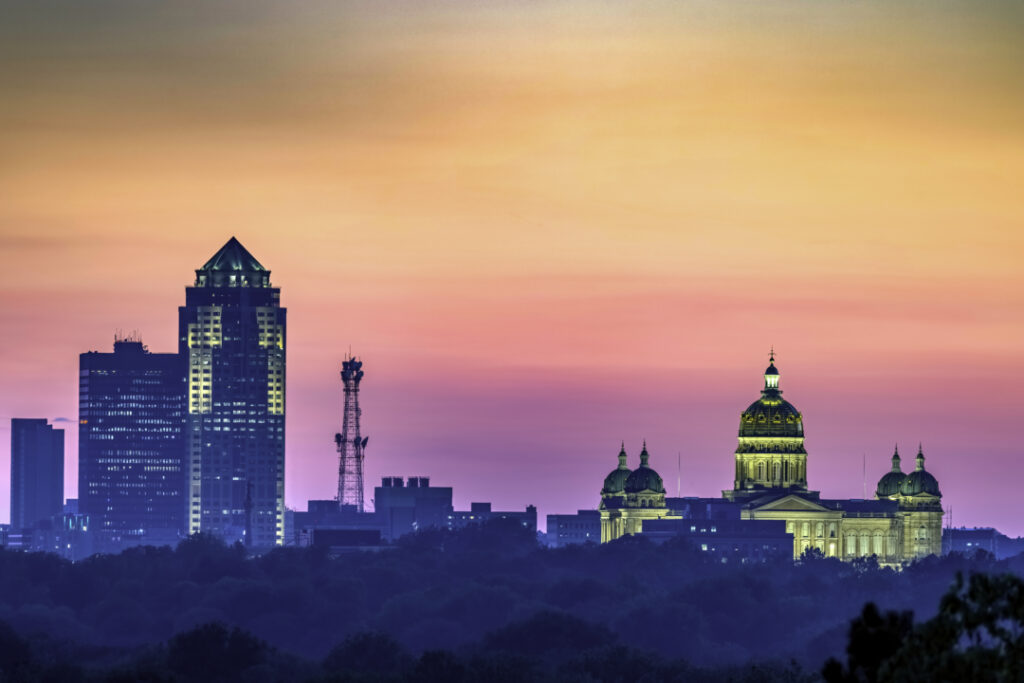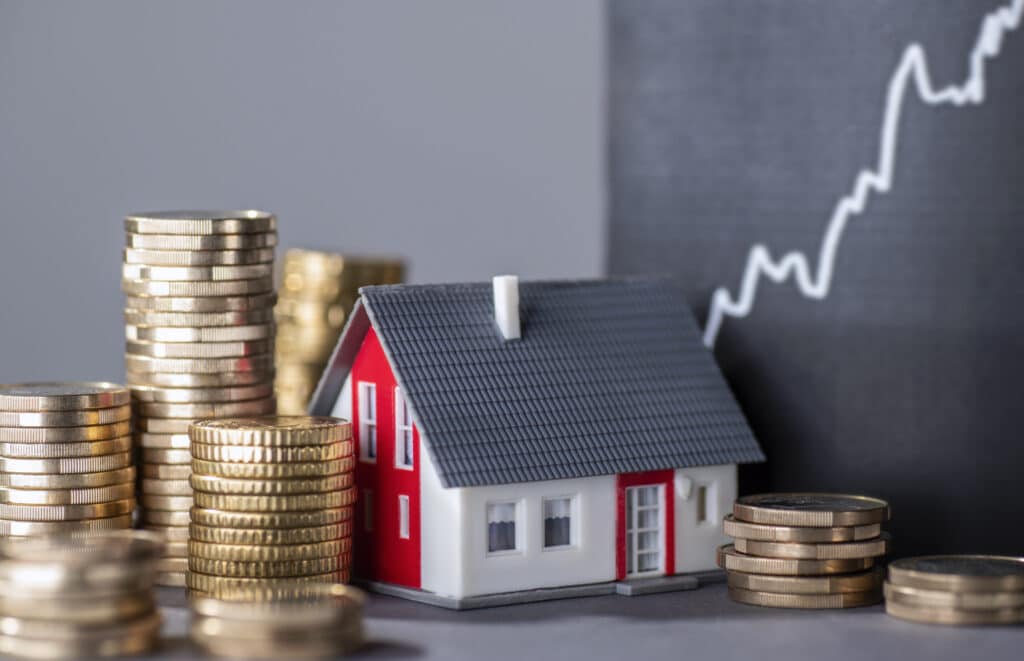A bubble in the air?

With another Pella Tulip Time festival just past, giving some attention to the notion of “bubbles” seems timely, for it was the Dutch tulip mania of the early 1600s that is generally considered the first recorded economic bubble. As the story goes, the flower became hugely popular in the Netherlands, and a market for durable tulip bulbs was created. In fact, a futures market was established, and speculators ultimately drove the prices to outrageous levels.
Unfortunately, a trader one day failed to appear to honor his contract to purchase, and before long, the selling began, the bubble broke and great sums of money were lost.
Recent history is filled with economic bubbles forming and breaking, including the U.S. stock market (1929, 1965, 2000, 2008), the U.S. housing market (2008), the U.S. dollar (1990), the gold market (1999), the oil market (1993), and the list goes on. With the dramatic rise in the value of farmland, Robert Shiller of Yale University recently singled out farmland as “my favorite dark-horse bubble candidate for the next decade or so.”
A bubble usually gets started for a good reason, such as a great idea (dot-com), a supply-demand imbalance (oil) or even a new and gorgeous flower (tulip). With the attention it draws, the bubble begins to attract a generous supply of money, fanciful projections and, very important, the momentum of a barreling train gets behind it. It normally breaks.
Economic bubbles are not like peacocks, proud to show their colors. Rather, they are usually not easy to spot – or we don’t wish to see them. Take the recent U.S. housing bubble, for example.
Despite almost zero interest rates, financial engineering of mortgages, a real estate buying frenzy and household equity used like piggy banks, even Federal Reserve Chairman Ben Bernanke said in 2006, “The U.S. housing market largely reflects a strong economy. … The U.S. housing market has never declined.”
Almost unbelievably, central bankers had succumbed to “this time is different” thinking. After identifying the bubble comes the challenge of gauging the duration of its cycle. On average it takes 3.5 years for the bubble to fully form and another three years for it to unwind.
A generous supply of money being essential to any bubble, it’s not a coincidence that there is growing conversation about economic bubbles in light of the massive amounts of liquidity in the system.
“Commodity prices are now permanently higher” is not an unusual comment in today’s financial literature. It’s reminiscent of the opinions offered just a few years ago regarding housing.
It remains to be seen whether there has been a paradigm shift in commodities. However, all of this should put one on notice that at least a bubble is in the air. Please let me know when you spot one.
Peter Percival (ppercival@onlyworkforyou.com) is a registered investment adviser at Syverson Strege & Co. in West Des Moines.










